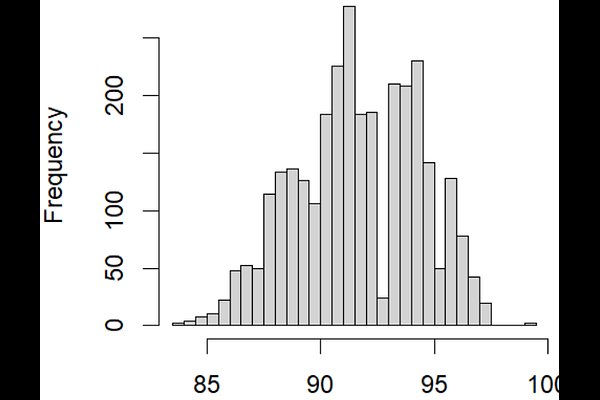Sensitive and easily democratized environmental DNA methods for low-risk surveillance of at-risk bumble bees

Sensitive and easily democratized environmental DNA methods for low-risk surveillance of at-risk bumble bees
Richardson, R.; Avalos, G.; Garland, C.; Trott, R.; Hager, O.; Hepner, M.; Goodell, K.
AbstractTerrestrial environmental DNA (eDNA) techniques have been proposed as a means of sensitive, non-lethal pollinator monitoring. To date, however, no studies have provided evidence that eDNA methods can achieve detection densities on par with traditional pollinator surveys. Using a large-scale dataset of eDNA and corresponding net surveys, we show that eDNA methods enable sensitive, species-level characterization of whole bumble bee communities, including rare and critically endangered species such as the rusty pathed bumble bee (RPBB; Bombus affinis). All species present in netting surveys were detected within eDNA surveys, apart from two rare species in the socially parasitic subgenus Psithyrus (cuckoo bumble bees). Further, for rare non-parasitic species, eDNA methods exhibited similar sensitivity relative to traditional netting. Relative to flower eDNA samples, sequenced field negative controls resulted in significantly lower rates of Bombus detection, and these detections were likely attributable to high rates of background eDNA on environmental surfaces. Lastly, we found that eDNA-based frequency of detection across replicate surveys was strongly associated with net-based measures of abundance across site visits. We conclude that the method is cost-effective and highly scalable for semi-quantitative characterization of at-risk bumble bee communities, providing a new approach for improving our understanding of species habitat associations.